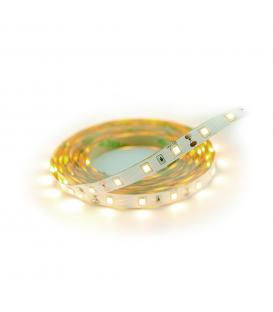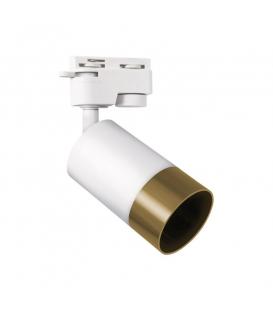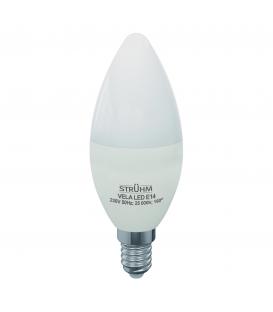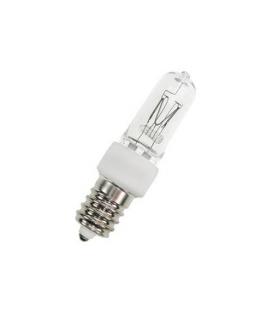International Protection Marking - (IPXX)
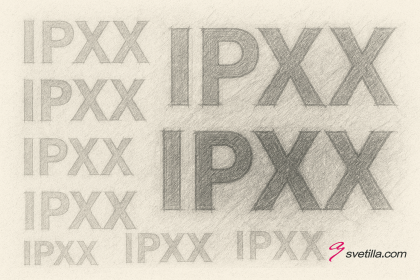
The IP Code, International Protection Marking, sometimes interpreted as Ingress Protection Marking, classifies and rates the degree of protection provided against intrusion (body parts such as hands and fingers), dust, accidental contact, and water by mechanical casings and electrical enclosures.
This code is used to specify the environmental protection of electrical and electronic equipment, including luminaires (light fixtures), to ensure they can withstand certain conditions.
First digit: Solid particle protection
The first digit indicates the level of protection that the enclosure provides against access to hazardous parts (e.g., electrical conductors, moving parts) and the ingress of solid foreign objects.
| 0 | - | No protection against contact and ingress of objects |
| 1 | >50 mm | Any large surface of the body, such as the back of a hand, but no protection against deliberate contact with a body part |
| 2 | >12.5 mm | Fingers or similar objects |
| 3 | >2.5 mm | Tools, thick wires, etc. |
| 4 | >1 mm | Most wires, slender screws, large ants etc. |
| 5 | Dust protected | Ingress of dust is not entirely prevented, but it must not enter in sufficient quantity to interfere with the satisfactory operation of the equipment. |
| 6 | Dust tight | No ingress of dust; complete protection against contact (dust tight). A vacuum must be applied. Test duration of up to 8 hours based on air flow. |
Second digit: Liquid ingress protection
The second digit indicates the level of protection that the enclosure provides against harmful ingress of water.
| 0 | None | - |
| 1 | Dripping water | Dripping water (vertically falling drops) shall have no harmful effect on the specimen when mounted in an upright position onto a turntable and rotated at 1 RPM. |
| 2 | Dripping water when tilted at 15° | Vertically dripping water shall have no harmful effect when the enclosure is tilted at an angle of 15° from its normal position. A total of four positions are tested within two axes. |
| 3 | Spraying water | Water falling as a spray at any angle up to 60° from the vertical shall have no harmful effect, utilizing either: a) an oscillating fixture, or b) A spray nozzle with a counterbalanced shield. Test a) is conducted for 5 minutes, then repeated with the specimen tilted 90° for the second 5-minute test. Test b) is conducted (with shield in place) for 5 minutes minimum. |
| 4 | Splashing of water | Water splashing against the enclosure from any direction shall have no harmful effect, utilizing either: a) an oscillating fixture, or b) A spray nozzle with no shield. Test a) is conducted for 10 minutes. Test b) is conducted (without shield) for 5 minutes minimum. |
| 5 | Water jets | Water projected by a nozzle (6.3 mm) against enclosure from any direction shall have no harmful effects. |
| 6 | Powerful water jets | Water projected in powerful jets (12.5 mm nozzle) against the enclosure from any direction shall have no harmful effects. |
For luminaires, the IP code is essential to ensure that they are suitable for the intended installation environment. Different environments, such as outdoor areas, bathrooms, or industrial settings, require luminaires with specific IP ratings to ensure they can withstand exposure to dust, moisture, and other elements.
When choosing luminaires for specific applications, it's important to consider the IP code that corresponds to the environmental conditions in which the luminaires will be installed. This helps to ensure the longevity and performance of the luminaires while maintaining safety and compliance with relevant standards.


